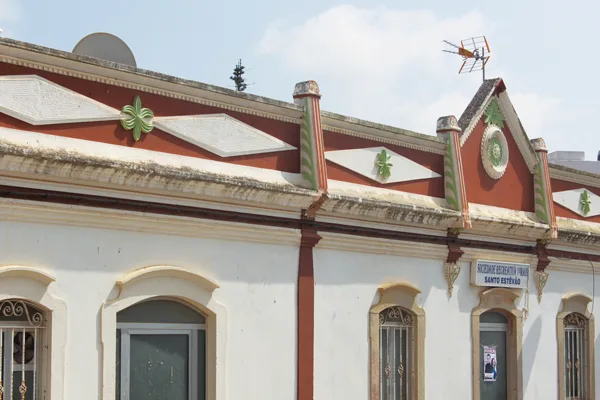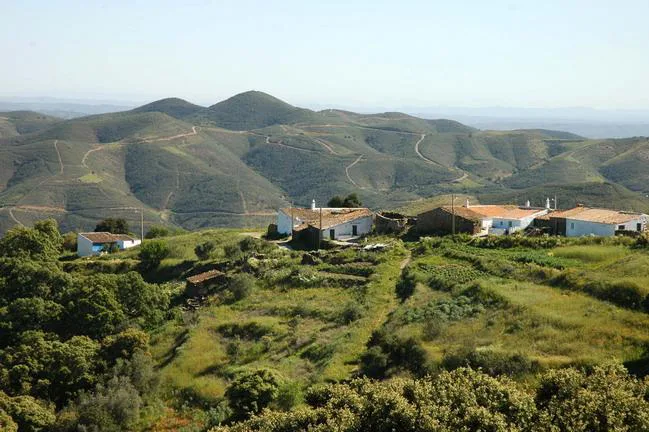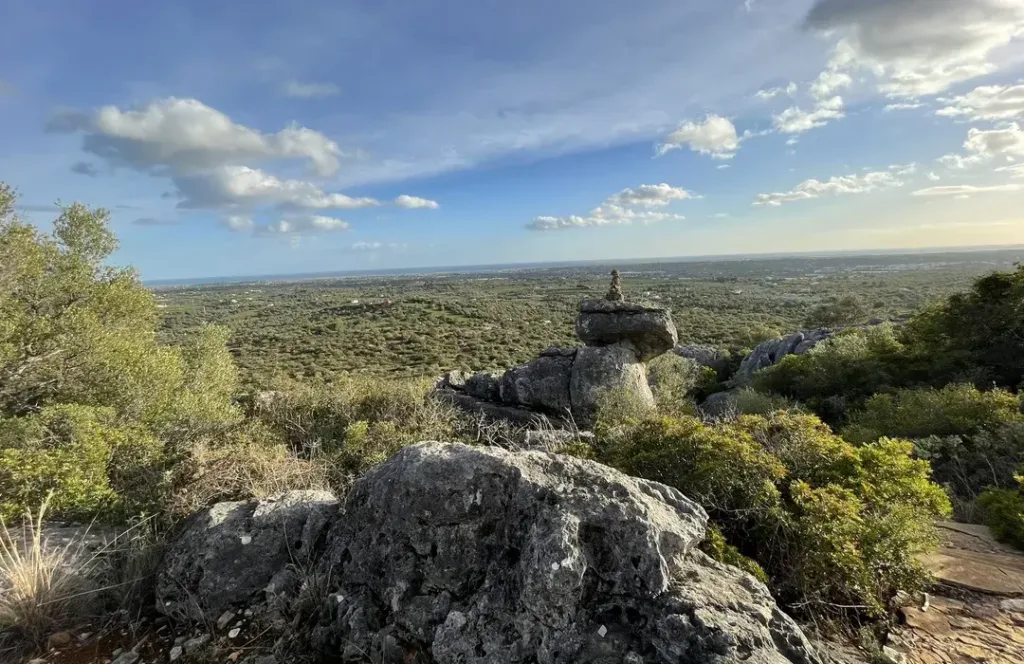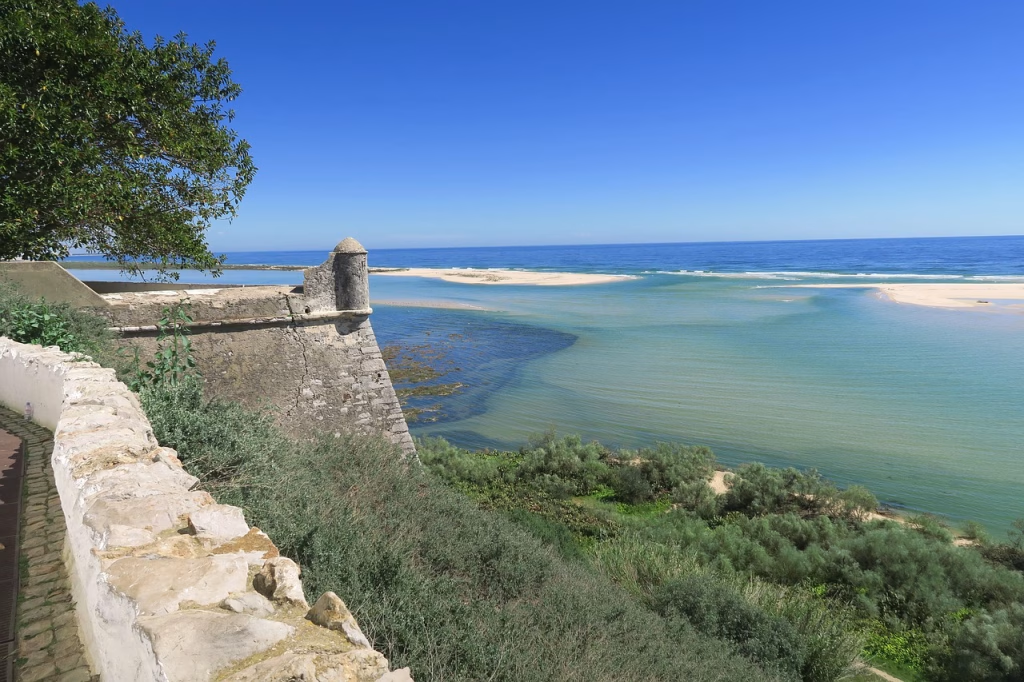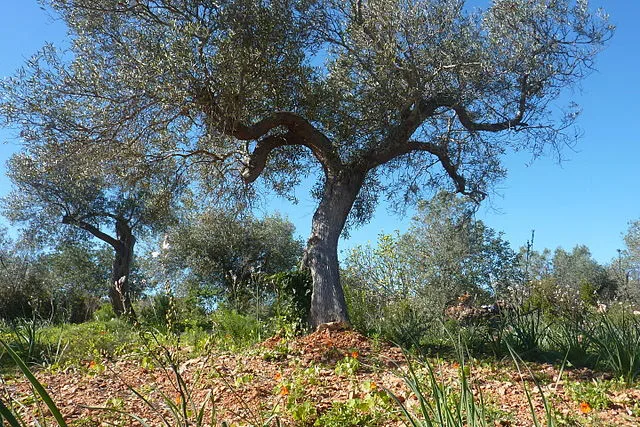Just a short drive inland from Tavira lies a patchwork of orchards, whitewashed villages, and winding roads where history and rural life meet. This gentle journey takes you through Santo Estêvão and Santa Catarina da Fonte do Bispo , showcasing the Algarve’s timeless charm — from decorated façades to old wells and olive oil traditions.
Start your drive from the Rotunda da Vela on the N125 and take the road towards Santo Estêvão . The landscape soon shifts to dry orchards with carob, olive, and almond trees , typical of the region’s barrocal zone. As you approach the village, stop to explore the Main Church of Santo Estêvão , a serene 18th-century structure built upon a medieval chapel. Inside, you’ll find baroque altar pieces and a handful of 17th-century tombstones — a quiet testament to centuries of rural devotion. Around the church square, take time to admire the elegant platbands , the decorative cornices above windows and doors, often unique to each house and handcrafted by artisans of another era.
From here, follow the signs to Santa Catarina da Fonte do Bispo , a village nestled among hills dotted with fig trees and old terraced fields. On your way, you may spot tile workshops and olive groves that once powered the region’s rural economy. In the village, visit the Museum of the Cooperativa Agrícola , which preserves a historic olive press and offers insight into the area’s long tradition of oil production. The Main Church , with Manueline and Baroque features, houses a dramatic “Last Judgement” painting inside its cool stone walls.
For a deeper connection to the land, take one of the rural detours toward upland hamlets like Alcaria do Cume , the highest point in the Tavira municipality. The surrounding views stretch across hills and orchards, offering a different side of the Algarve — quiet, authentic, and steeped in tradition. Several of these side roads lead to picnic parks in forested clearings, perfect for a pause surrounded by nature.
Back on the main road, your route can circle through Fonte das Cabras , a stone spring with crystal-clear water that has never dried up, even in drought years. Follow the flow of the Gilão River , whose waters wind through orange groves and fig orchards on their way to Tavira, offering a tranquil end to this rural excursion.
Whether you’re after quiet churches, agricultural heritage, or just the soothing rhythm of countryside roads, this loop through the hills and valleys north of Tavira makes for an enriching half-day trip.
